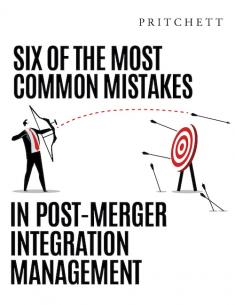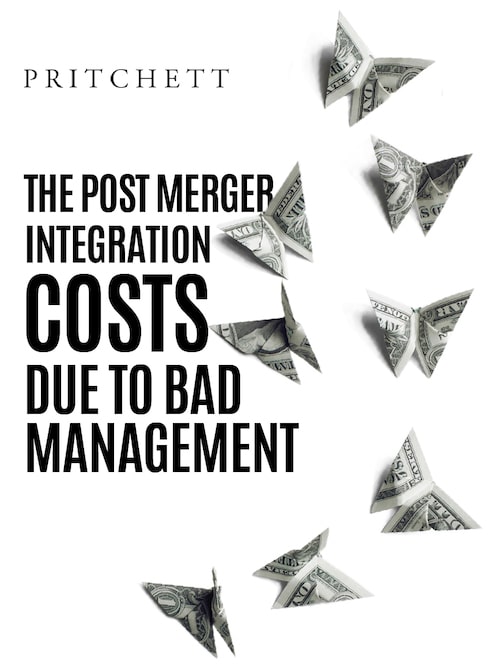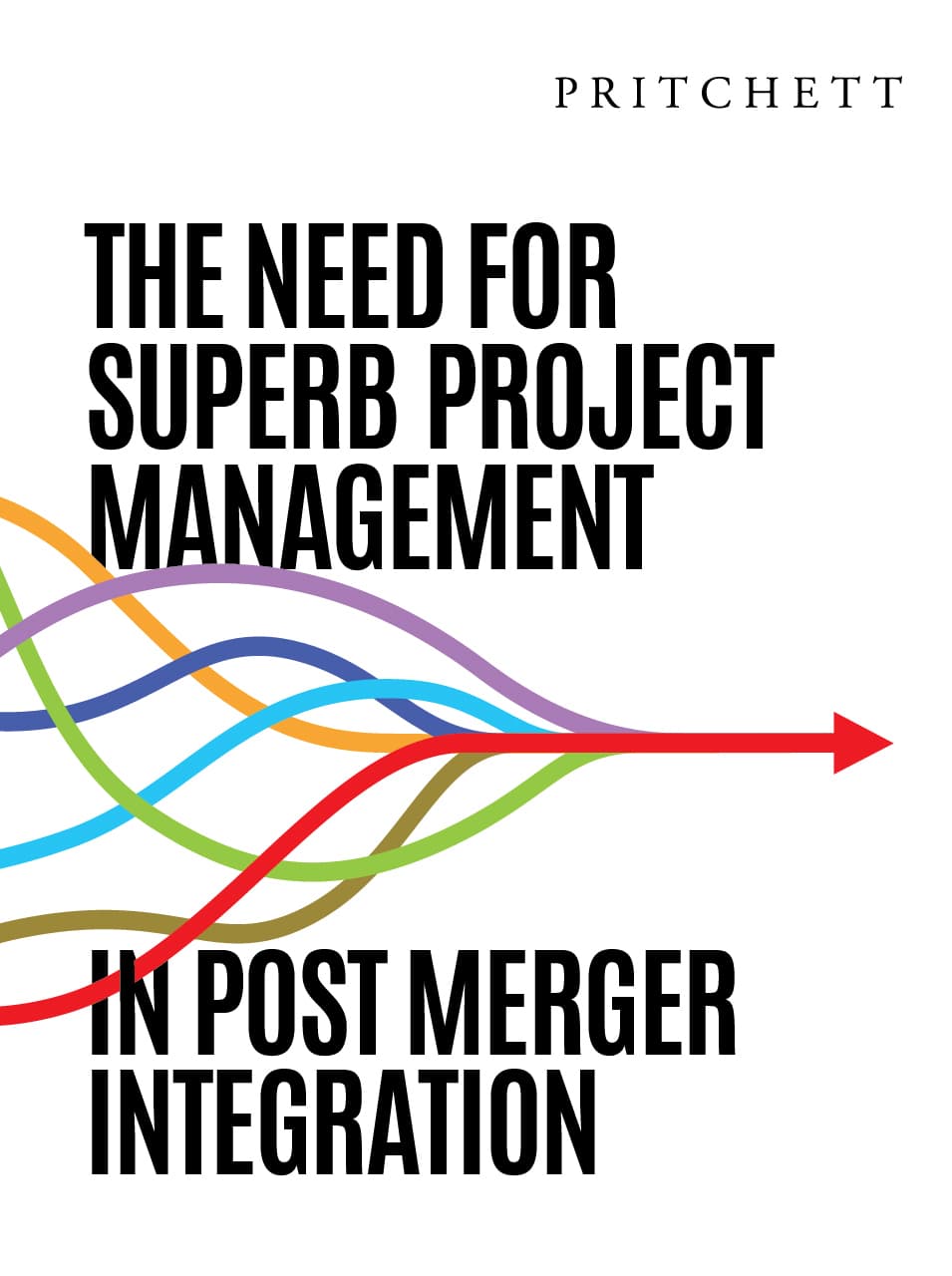The following missteps occur even in well-run companies with highly capable executives at the helm:
1. Lack of a clearly defined Integration Manager.
Make sure one person is put in charge of the integration effort. Assigning individual accountability and responsibility is one of the best ways to make sure things get done. Some organizations choose one person from each organization to serve as co-leaders in the process. While this may seem equitable, it can lead to confusion as to who has formal sign-off over a given task or activity, or who is ultimately responsible for the success or failure of the transition effort. Generally, it’s a good idea to make sure that individuals from both organizations are present on the team, but it works best when only one person is in charge.
2. Failure to execute against plan.
Transition teams often find it easier to develop a plan than execute one. The program for action should not be so complicated that it cannot be carried out. The role of the Integration Management Office is to ensure that the plan is manageable and that the integration teams do not become sidetracked.
3. Declaring victory on the 20-yard line.
Avoid the temptation to proclaim that the integration is over just because some important, top-level issues have been settled. The chairman of a large managed care company came before his people, stating that the integration was complete once the senior management team had been identified. He felt that each executive would handle integration concerns within their respective operating areas. For lack of a coordinated ongoing effort, the integration proceeded at different speeds in different parts of the organization. The result was a clumsy, poorly executed transition.
4. Skimping on the investment in the integration effort.
Companies often invest heavily in due diligence, then get remarkably stingy in terms of their willingness to spend on the integration effort. This helps explain why so many good deals go bad. A strategy for growth through M&A is carefully conceived but poorly implemented. The economics argue strongly in favor of allocating sufficient resources—money and people—to support a sophisticated integration process.
5. Presuming that all people are at the same point.
Senior management typically spends months planning a merger or acquisition. Invariably, they are way ahead of the rest of the people in terms of having adjusted to the situation. They’ve had access to information, time to wrestle with the issues, and—likely as not—already have closure on how they personally will be affected by the deal. Other folks will be lagging far behind. Remember this when communicating to the rest of the organization. Design an aggressive communication plan to get people the information they need. Move at top speed to give them closure on the “me issues.”
6. Leaving too much on the table.
Too many integration efforts are far too superficial. Often, companies are satisfied if they can merely get the benefits outlined in the initial deal announcement. But usually more juice can be squeezed out of the merger. For example, is there a technology in one of the companies that can be used in the product line of the other company? Has each integration team taken a good, hard look at the combined organization to find every possible benefit? Did they seek out every possible synergy? Do they continue to look for cost cutting and revenue growth beyond what the deal makers originally identified?





